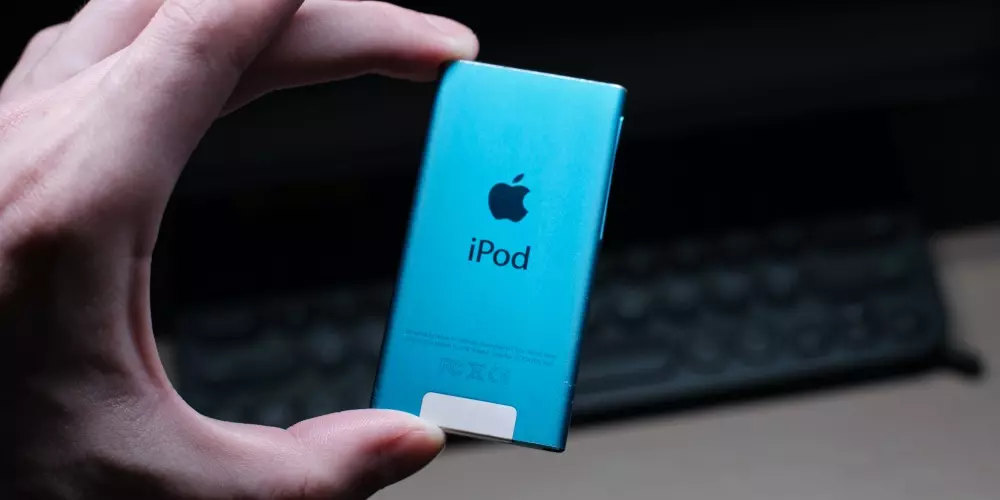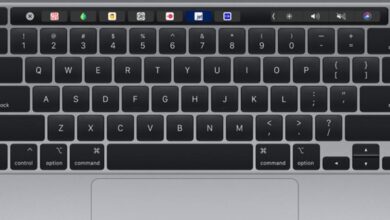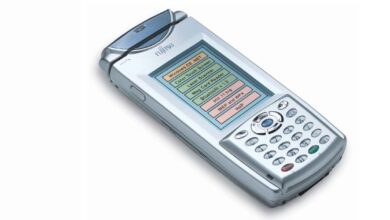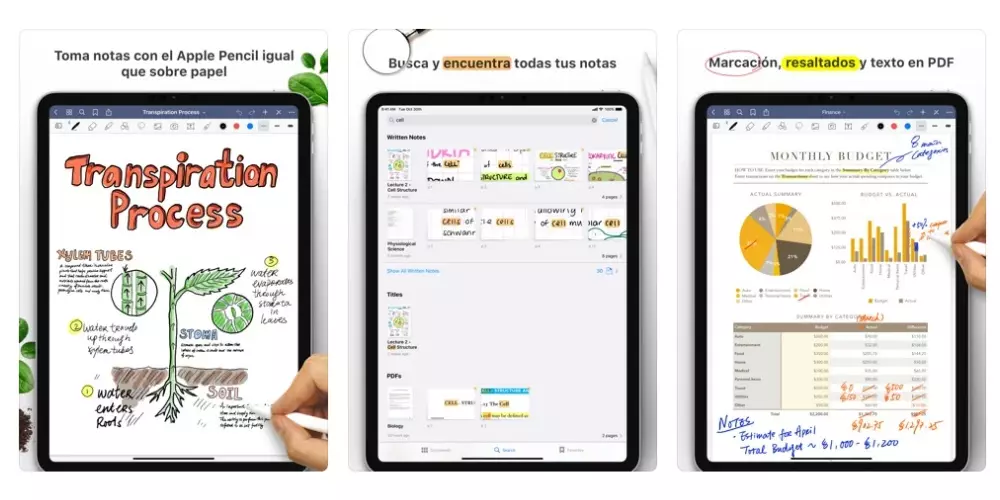
In 2001, Steve Jobs introduced the iPod saying that “with iPod, the experience of listening to music will never be the same”. And his words were prescient, since the launch of the music player marked a before and after in the industry. The design, with a wheel in the center to scroll through the menu. This first model evolved over time, and the most important change came when the thickness was significantly reduced.
These have been the most important changes
The first version of ipod shuffle It was launched in January 2005 and with it the concept of the portable was taken to the maximum, since it was a device without a screen, it only had music and volume controllers. In addition, a clip was added with which it could be hung on clothing, so it was perfect to combine it with periods of physical activity. Its latest version was released in September 2010. In 2004 the iPod mini was released, which had a capacity of 4 GB.
In this case, the evolutions were not significant, since it only had a second generation, but it was essential for Apple to bring out the iPod Nano in 2005, which has become one of the most representative devices of the brand and whose first version was sold in capacities of 1, 2, or 4 GB. In addition to music, it had the ability to support photographs. The most important changes occurred for the third generation, which was published in 2007. This time, the screen changed to a square shape, the back was chromed, it had a completely new interface, added the ability to play videos and also it had a much smaller wheel for scrolling through menus.
In 2007, Apple released a multi-touch music player that pushed the features that made the iPod Classic famous to the limit and enhanced them with tools borrowed from the also recent iPhone. From this, the iPod Touch became one of the most attractive devices for the public that loves the Cupertino company. It was the first iPod with Wi-Fi. Functionalities such as the Safari browser were integrated into its interface by default, and it even had access to applications such as the iTunes Store and YouTube.
Another aspect that was extremely relevant was the increase in its capacity, since it reached 32 GB. The outstanding differences came for the fourth generation, since a pair of cameras were added, a front one for FaceTime calls, and a rear one, which recorded in high definition. The jump in terms of memory did not occur until the sixth generation, and it was a device with 128 GB, which also included a 64-bit A8 processor, which was the same as the iPhone 6 Plus.




